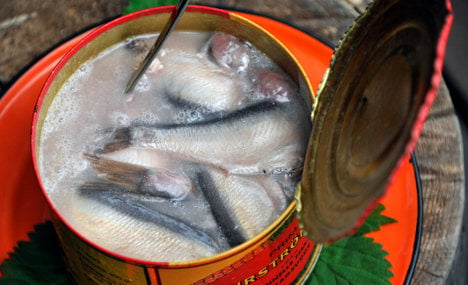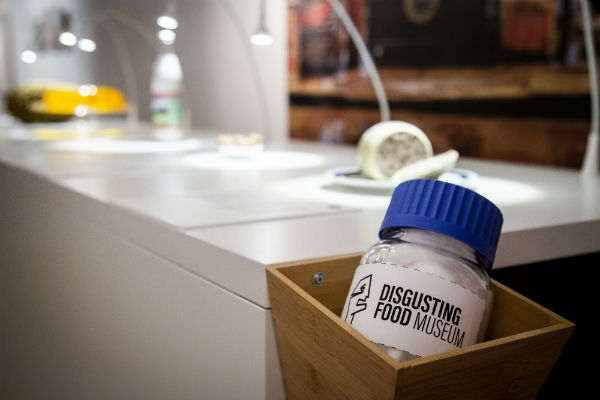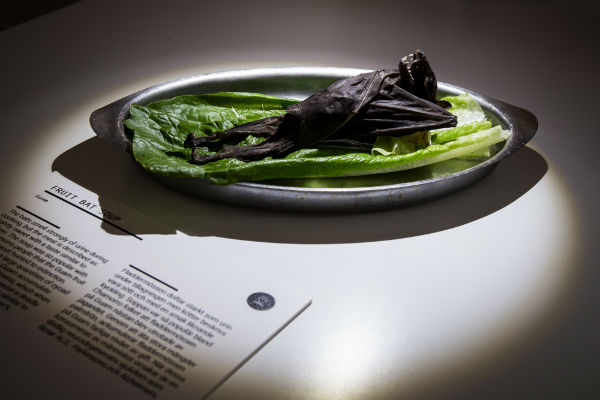Thursday marks the first day of the fermented herring season, better known in Sweden as "Surströmmingspremiär" – (quite a mouthful, indeed).
And speaking of a good mouthful, beginners should beware that fermented herring attacks diners long before it reaches their mouths.
You see, the dish – a Swedish specialty – emits such a putrid and vomit-inducing odour that many people can't even stomach a taste.
Several major airlines including Air France, KLM, and British Airways, banned Surstömming from their planes, claiming that the swollen cans are potentially explosive. Many apartment blocks have banned Swedes from opening the tins indoors. Indeed, one Stockholm herring party in 2012 smelled so foul that emergency services rushed to the scene fearing a gas leak.
Seasoned experts prefer to open it underwater to avoid the fumes – but even getting a drop of the brine on your fingers can linger for days.
The fermentation procedure sees the herring caught in late spring, placed in a salt mixture in wooden barrels, then moved into the sun after several days. Then, it ferments. For months.
After that it is shipped to stores in small tins, which gradually swell as the gases expand. Some cans become so swollen that experts are called in to "disarm" them – as was the case with this tin in Norway earlier this year.
For those who actually intend to eat stuff, the fillets are served with boiled potatoes, freshly chopped onions and sour cream, and wrapped in a wafer thin soft bread. It's best to wash it all down with generous amounts of aquavit or beer, though many insist that milk is the way to go.
And much like the cinnamon challenge or the now-trending ALS ice-bucket challenge, the internet is overflowing with reaction videos to the Swedish delicacy.
Here are a few of our favourites. And for anyone brave enough to be joining the Swedes this season – you have been warned.
Americans take on the challenge (contains strong language)
British quiz show QI tackles the topic (but not the tin)
"Oh no, I got the juice on my finger"
Oliver Gee





 Please whitelist us to continue reading.
Please whitelist us to continue reading.
Member comments